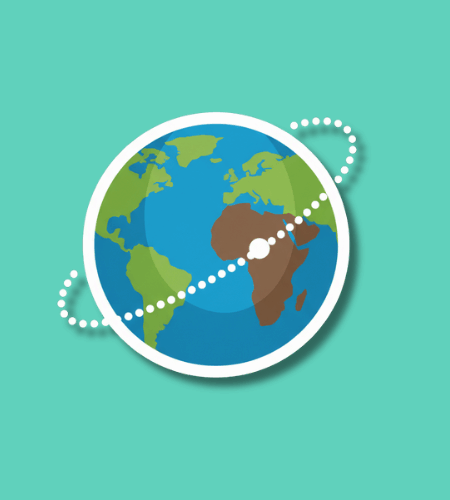The Geographic Information Systems Day (also known as GIS Day) is observed each year on the third Wednesday of November, which in 2025 falls on November 19.
Table of Contents
History of GIS Day
The idea for GIS Day was launched in 1999 by Esri (Environmental Systems Research Institute) with the aim of providing a global forum for users of geographic information system (GIS) technology to demonstrate how spatial data and analysis can be applied in real-world settings.
Since that first event, GIS Day has taken place annually as part of the larger Geography Awareness Week and has grown into a worldwide celebration of mapping, spatial thinking and the technologies that help us understand “where”.
Why is Geographic Information Systems Day important?
GIS Day highlights the importance of the ability to capture, store, analyse and visualise geographic or spatial data. By focusing on “where”, GIS technology helps governments, businesses, communities and researchers make better decisions—from infrastructure and transportation planning, to environmental monitoring and emergency response.
It also promotes awareness that geographical literacy and spatial thinking are critical skills in a digital, interconnected world. The day encourages schools, organisations and individuals to engage with geography, maps and GIS technology in interactive ways.
Here are five simple things GIS Day helps promote:
- Showing how maps and spatial analysis can reveal patterns and insights.
- Encouraging students and professionals to explore GIS careers or hobby-applications.
- Inspiring community projects where mapping can support local decision-making.
- Fostering awareness that many everyday services rely on spatial data (for example routing, location-based services, urban planning).
- Highlighting that GIS is not just for specialists—it increasingly touches many disciplines and industries.
How to Celebrate (or Observe) Geographic Information Systems Day
Celebrating GIS Day can be both educational and fun. Organisations might host map-making workshops, invite speakers to show real-world GIS projects, or run interactive activities where participants use GIS or mapping tools to explore local data. Individuals could explore a mapping app, attend a GIS-related presentation, or simply take time to reflect on how spatial information influences their daily lives (for example how a bus route was planned, how emergency services locate incidents, or how environmental changes are tracked).
Emotionally, it’s a chance to appreciate the “where” in our world—the connections between places, people and data—and to recognise the role of geography in understanding our communities, our environment and our future.
Some simple celebration ideas:
- Organize a map-gallery showing local projects with spatial data.
- Invite a guest speaker from GIS or urban-planning field.
- Run a classroom activity where participants gather GPS points or map a local issue.
- Use an online mapping tool (even a phone app) to explore your neighbourhood’s spatial features.
- Share your own map or spatial story on social media with the hashtag for GIS Day.
GIS Day Dates Table
| Year | Date | Day |
|---|---|---|
| 2025 | November 19 | Wednesday |
| 2026 | November 18 | Wednesday |
| 2027 | November 17 | Wednesday |
| 2028 | November 15 | Wednesday |
| 2029 | November 21 | Wednesday |
Subscribe to our newsletter and never miss a holiday again!

